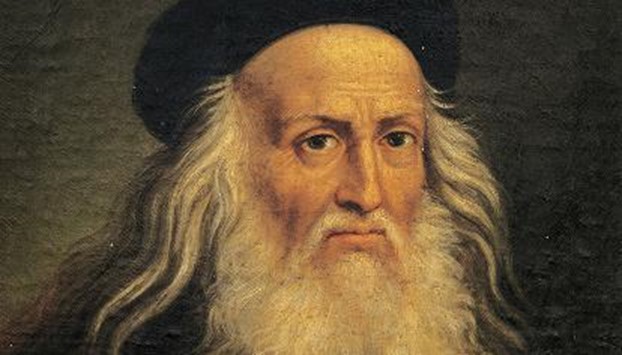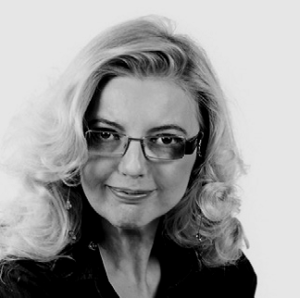
Articolo di Marina Agostinacchio
Caterina era la madre di Leonardo da Vinci. Di lei ho letto un libro della scrittrice Marina Marazza, dal titolo: L’ombra di Caterina. L’autrice ricostruisce nei dettagli l’epoca storica in cui è vissuto Leonardo, i personaggi, la madre Caterina, presentata come una donna forte e libera. La storia risulta piena di passione d’amore, di rinuncia e di perdono.
Il libro, davvero coinvolgente, parla di una giovane popolana, sedotta dal notaio ser Pietro da Vinci.
Caterina resta incinta di un figlio che non potrà crescere ma che allatterà nella casa paterna, come vogliono i genitori di ser Pietro. Lei viene riconosciuta come la balia del piccolo Leonardo, fino a che questi non avrà più bisogno del latte materno.
La vita di Caterina non sarà semplice: sarà accusata di stregoneria, si sposerà con un ex soldato di ventura, avrà cinque figli da crescere, e non potrà vivere accanto a Leonardo, il primo figlio che potrà vedere solo da lontano… Vivrà perciò di rimpianto per gran parte della sua vita.
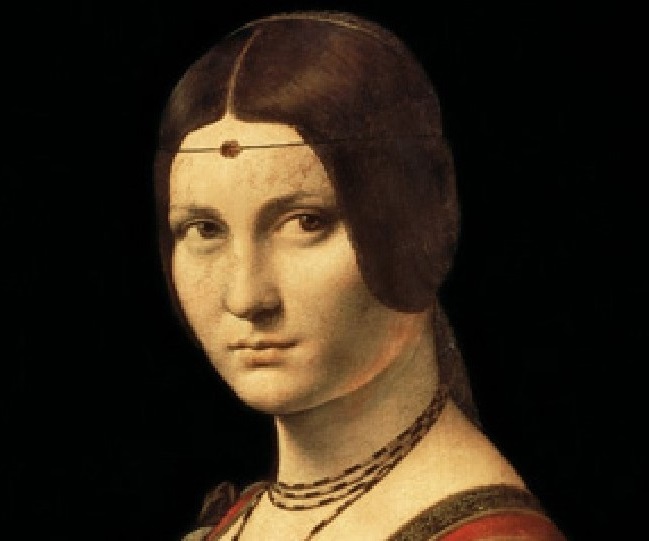
Leonardo sarà considerato un bastardo, poiché nato fuori dal matrimonio, mentre Caterina non sarà considerata degna della famiglia Da Vinci perché di rango inferiore.
Il bambino non erediterà né titoli né proprietà, però è dotato di grande ingegno, che gli procurerà da vivere e che gli darà successo. E questo accade quando Leonardo si trasferisce a Firenze ed entra a far parte del gruppo di artigiani della bottega del Verrocchio, dove rivela grande talento.
A un certo punto, Leonardo si trova accusato di sodomia ed è costretto ad andare a vivere in una città “più grande, più libera, piena di opportunità”: la Milano degli Sforza. Caterina, per una coincidenza del caso, lo raggiungerà e vivrà gli ultimi anni della sua vita accanto al figlio.
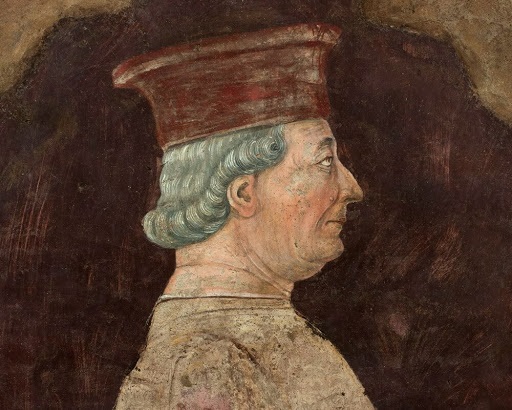
Ma chi era Caterina? Di Caterina, la madre di Leonardo da Vinci, ci rivela molto un documento scoperto nell’ Archivio di Stato di Firenze. In esso scopriamo che la donna era una principessa dei Circassi, figlia del principe Yakob, a capo di uno dei regni sugli altopiani delle montagne settentrionali del Caucaso.
Si pensa che Caterina fu rapita dai Tartari, fatta schiava e poi rivenduta ai Veneziani.
Il professore Carlo Vecce, filologo e storico del Rinascimento, docente all’Università di Napoli “L’Orientale” ci svela i dettagli sulla nuova identità di questa donna. Leonardo, quindi, sarebbe stato italiano solo per metà.
Il professor Vecce, secondo una ricerca storica eseguita, ci dice che Caterina viaggiò dalle montagne del Caucaso con le catene alle mani fino ad Azov, l’antica Tana, alla foce del fiume Don, da cui poi fu trasportata, attraverso il Mar Nero, nel 1439 a Costantinopoli. Qui fu comprata da mercanti Veneziani, che la trasferirono nella laguna di Venezia l’anno dopo, mentre nel 1442 arrivò a Firenze intorno a 15 anni, dove fu serva e balia in casa di Ginevra. Fu qui che Caterina conobbe Piero da Vinci, il notaio con cui concepì il figlio illegittimo nato il 15 aprile 1452, ad Anchiano, piccolo borgo del comune di Vinci.
Nell’Archivio di Firenze, il professore Vecce ha portato alla luce l’atto di liberazione di Caterina “filia Jacobi eius schiava seu serva de partibus Circassie”. L’atto datato 2 novembre 1452, circa sei mesi dopo la nascita di Leonardo, su istanza della proprietaria della schiava, una certa Ginevra d’Antonio Redditi, moglie di Donato di Filippo di Salvestro Natia, è firmato dal padre di Leonardo, Piero da Vinci, notaio del contado fiorentino.
Leonardo da Vinci’s mother was a Circassian princess who became a slave
Caterina was the mother of Leonardo da Vinci. I read a book about her by the writer Marina Marazza, entitled: L’ombra di Caterina.
The author reconstructs in detail the historical era in which Leonardo lived, the characters, and his mother Caterina, presented as a strong and free woman.
The story is filled with the passion of love, renunciation, and forgiveness.
The book, really engaging, talks about a young commoner, seduced by the notary ser Pietro da Vinci.
Caterina becomes pregnant with a child who she will not be able to raise, but who she will breastfeed in her father’s house, as Ser Pietro’s parents want.
She is recognized as little Leonardo’s nurse until he no longer needs his mother’s milk.
Caterina’s life will not be easy: she will be accused of witchcraft, she will marry a former soldier of fortune, she will have five children to raise, and she will not be able to live with Leonardo, her first son, who will only be able to see from afar. She will live, therefore, a life of regrets.
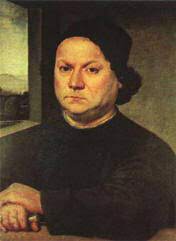
Leonardo will be considered a bastard, since he was born out of wedlock, while Caterina will not be considered worthy of the Da Vinci family because she was of a lower class.
The child will not inherit titles or properties, but he is endowed with great ingenuity, which will provide him with a living, and which will give him success. And this happens when Leonardo moves to Florence and joins the group of artisans of Verrocchio’s workshop, where he reveals great talent.
At one point, Leonardo found himself accused of sodomy and was forced to go and live in a “larger, freer, full of opportunities” city: the Milan of the Sforzas. Catherine, by coincidence, will join him and will live the last years of her life next to her son.
But who was Catherine? A document discovered in the State Archives of Florence reveals a lot about Caterina, Leonardo da Vinci’s mother. In it, we learn that the woman was a Circassian princess, the daughter of Prince Yakob, at the head of one of the kingdoms in the highlands of the northern Caucasus mountains.
It is thought that Caterina was kidnapped by the Tartars, enslaved, and then resold to the Venetians.
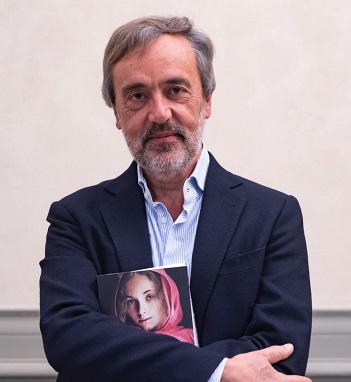
Professor Carlo Vecce, philologist and historian of the Renaissance, professor at the University of Naples “L’Orientale” reveals the details of this woman’s new identity. Leonardo, therefore, would have been only half Italian.
Professor Vecce, according to the historical research carried out, tells us that Catherine traveled from the Caucasus mountains with chains on her hands to Azov, the ancient Tana, at the mouth of the Don River, from which she was then transported, across the Black Sea, in 1439, to Constantinople.
Here, she was bought by Venetian merchants, who transferred her to the Venice lagoon the following year, while in 1442 she arrived in Florence around the age of 15, where she was a servant and nurse in the house of Ginevra.
It was here that Caterina met Piero da Vinci, the notary with whom she conceived her illegitimate son, born on 15 April 1452, in Anchiano, a small village in the municipality of Vinci.
In the Archives of Florence, Professor Vecce has brought to light the act of liberation of Catherine “filia Jacobi eius schiava seu serva de partibus Circassie”. The deed, dated November 2, 1452, about six months after Leonardo’s birth, was drafted at the request of the owner of the slave, a certain Ginevra d’Antonio Redditi, wife of Donato di Filippo di Salvestro Natia, is signed by Leonardo’s father, Piero da Vinci , notary of the Florentine countryside.


